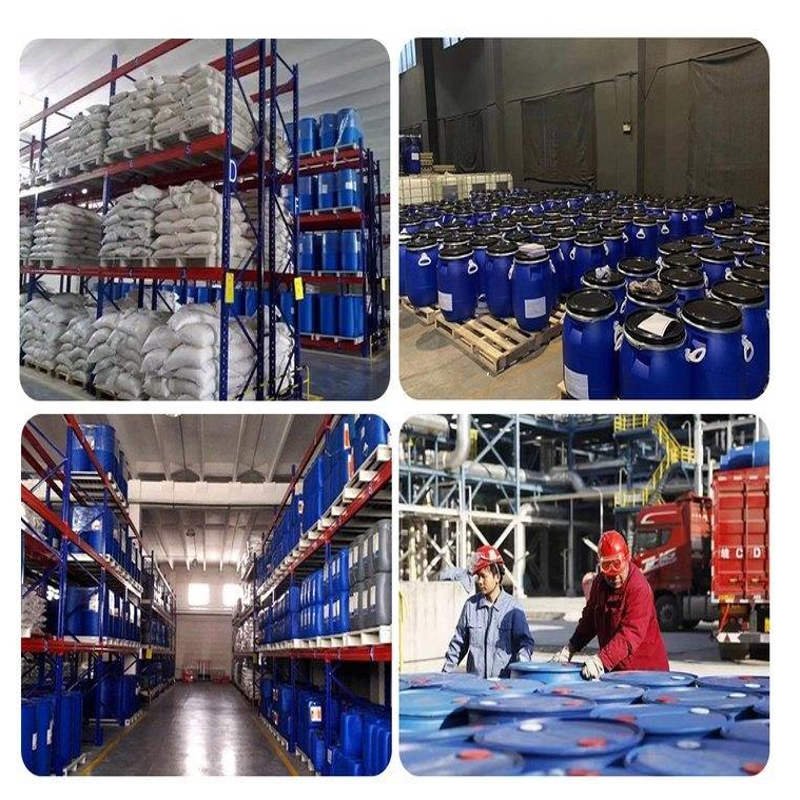-
Categories
-
Pharmaceutical Intermediates
-
Active Pharmaceutical Ingredients
-
Food Additives
- Industrial Coatings
- Agrochemicals
- Dyes and Pigments
- Surfactant
- Flavors and Fragrances
- Chemical Reagents
- Catalyst and Auxiliary
- Natural Products
- Inorganic Chemistry
-
Organic Chemistry
-
Biochemical Engineering
- Analytical Chemistry
-
Cosmetic Ingredient
- Water Treatment Chemical
-
Pharmaceutical Intermediates
Promotion
ECHEMI Mall
Wholesale
Weekly Price
Exhibition
News
-
Trade Service
Recently, the Southwest Oil and Gas "Seismic Data Concatenated Target Processing and Sweet Spot Prediction in Zhongjiang Gas Field" project undertaken by the Geophysical Prospecting Institute has made new progress.
Through the application of self-innovated tight clastic reservoir sweet spot prediction technology, the sand in the Zhongjiang gas field in western Sichuan A breakthrough was made in the JS31-2 small layer of the Ximiao Formation, and the daily output of the JS318 well reached 217,000 cubic meters
.
This project is a support project carried out by the Institute of Geophysical Exploration for the middle-shallow complex channel sandstone gas reservoirs in western Sichuan.
The target reservoir is a tight channel sandstone reservoir with ultra-low porosity and low permeability.
There are unidentified hidden channels and tight sandstone gas in seismic interpretation.
Complicated water relations, difficult to predict gas content and other problems
.
In this regard, the project team of the Geophysical Prospecting Institute concentrated on tackling key problems, and innovatively developed the attenuation gradient attribute (QgVA) that changes with the angle and the fluid factor inversion technology based on automatic correlation discrimination (ARD), which improved the coincidence of gas detection by 8%.
Up to now, the technical service for the prediction of sweet spots in tight clastic reservoirs of the Geophysical Prospecting Institute has supported and demonstrated 16 favorable target areas, 43 well positions, and 74 targets, and the gas-bearing prediction coincidence rate is higher than 85%
(Liu Chanjuan and Zhou Mengjiao)







